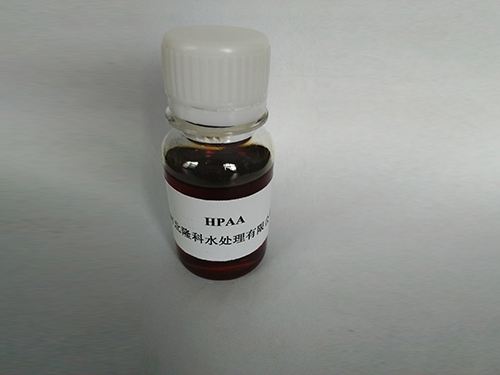Understanding the Processes of Coagulation and Flocculation in Water Treatment Systems
Coagulation and Flocculation An Overview of Water Treatment Processes
Coagulation and flocculation are critical processes in the field of water treatment, essential for removing suspended solids and improving water clarity. These processes are often employed in municipal water treatment facilities, wastewater treatment plants, and various industrial applications to ensure that water meets safety and quality standards.
Coagulation and Flocculation An Overview of Water Treatment Processes
Following coagulation, the process of flocculation occurs. This step involves the gentle agitation of water to promote the growth of flocs. As the flocs collide with each other, they aggregate further, increasing in size and weight. This is typically accomplished through a series of mixing stages, where the water is stirred at varying intensities over a specific duration. The effectiveness of flocculation is crucial; if the mixing is too vigorous, it can break apart the forming flocs, while insufficient mixing may prevent adequate particle aggregation.
coagulation flocculation

Once flocculation is complete, the larger flocs settle to the bottom of the treatment tank during the sedimentation phase, where they can be removed effectively. The result is clearer water, with a significant reduction in turbidity and particulate matter. This treated water can then undergo further purification processes, such as filtration and disinfection, to ensure its safety for drinking or other uses.
The efficiency of coagulation and flocculation processes can be influenced by various factors, including pH levels, the type and dosage of coagulants, temperature, and the characteristics of the water being treated. Monitoring these parameters is essential to optimize the treatment process and ensure high-quality water output.
In conclusion, coagulation and flocculation are fundamental to effective water treatment. Understanding and optimizing these processes not only helps in producing safe drinking water but also plays a vital role in reducing environmental impacts associated with water treatment practices. As water scarcity becomes an increasingly pressing issue, the importance of these processes will only continue to grow.
-
The Power of Isothiazolinones in Modern ApplicationsNewsMay.08,2025
-
Flocculants in Water TreatmentNewsMay.08,2025
-
Flocculants and Chemical Solutions: What You Need to KnowNewsMay.08,2025
-
Flocculants and Chemical Solutions: A Growing IndustryNewsMay.08,2025
-
Essential Chemicals: Polymaleic Anhydride and MoreNewsMay.08,2025
-
Acrylic Polymers: Essential Solutions for IndustryNewsMay.08,2025





